In the world of professional and amateur sports, Hamstring injuries have become a frustratingly common occurrence. Athletes and coaches have spent years grappling with these setbacks, searching for effective solutions to prevent and treat them. However, the answer to this problem lies in a simple yet profound oversight that has hindered our progress all along.
The issue stems from the collective use of the term "Hamstrings" to refer to the Semimembranosus, Semitendinosus, Biceps Femoris Long Head, and Biceps Femoris Short Head. While this may seem like a minor naming issue, it has had significant consequences in the field of sports medicine.
By grouping these four distinct muscles under a single umbrella term, we overlook their individual differences and unique characteristics. Each muscle has its own functions, attachments, and susceptibilities to injury. Treating them as a collective entity rather than addressing their specific needs has impeded our ability to effectively prevent and manage hamstring injuries.
To make progress in this area, we must recognize and treat each muscle as an individual. Just as athletes have their own strengths, weaknesses, and training requirements, so do these muscles. By understanding their individual traits, we can tailor our training programs and injury prevention strategies to address the specific vulnerabilities of each muscle.
Imagine a world where we no longer train Hamstrings or label every Hamstring injury as a generalized problem. Instead, we recognize that a player may strategically strengthen their Semimembranosus, Semitendinosus, Biceps Femoris Long Head, or Biceps Femoris Short Head with purpose. This shift in mindset would allow us to develop targeted rehabilitation protocols, exercise routines, and preventative measures, ultimately reducing the incidence of these injuries and enhancing overall athlete performance.
In addition to the Semimembranosus, Semitendinosus, Biceps Femoris Long Head, and Biceps Femoris Short Head muscles mentioned earlier, it's also essential to broaden the conversation and include the remaining six knee flexor muscles that are rarely discussed: the Popliteus, Plantaris, Medial and Lateral Gastrocnemius, Sartorius, and Gracilis muscles.
So, coaches and sports medical professionals, let's make a change. Let's abandon the notion of the "Hamstrings" and embrace the individuality of each muscle. By doing so, we can unlock new possibilities in preventing and managing hamstring injuries, paving the way for a safer and more successful sporting experience for athletes at all levels.
It's time to give the Semimembranosus, Semitendinosus, Biceps Femoris Long Head, and Biceps Femoris Short Head their own identities and put an end to the endless cycle of "hamstring issues.” Only then can we truly revolutionize the way we approach this common problem in sports.
If you have any questions regarding the article or would like to learn more about Isophit and its benefits for improving athletic performance, please visit our website www.isophit.com or feel free to email me at brad@isophit.com.
Yours in Isometric Strength,
Brad Thorpe
CEO / Inventor
Isophit

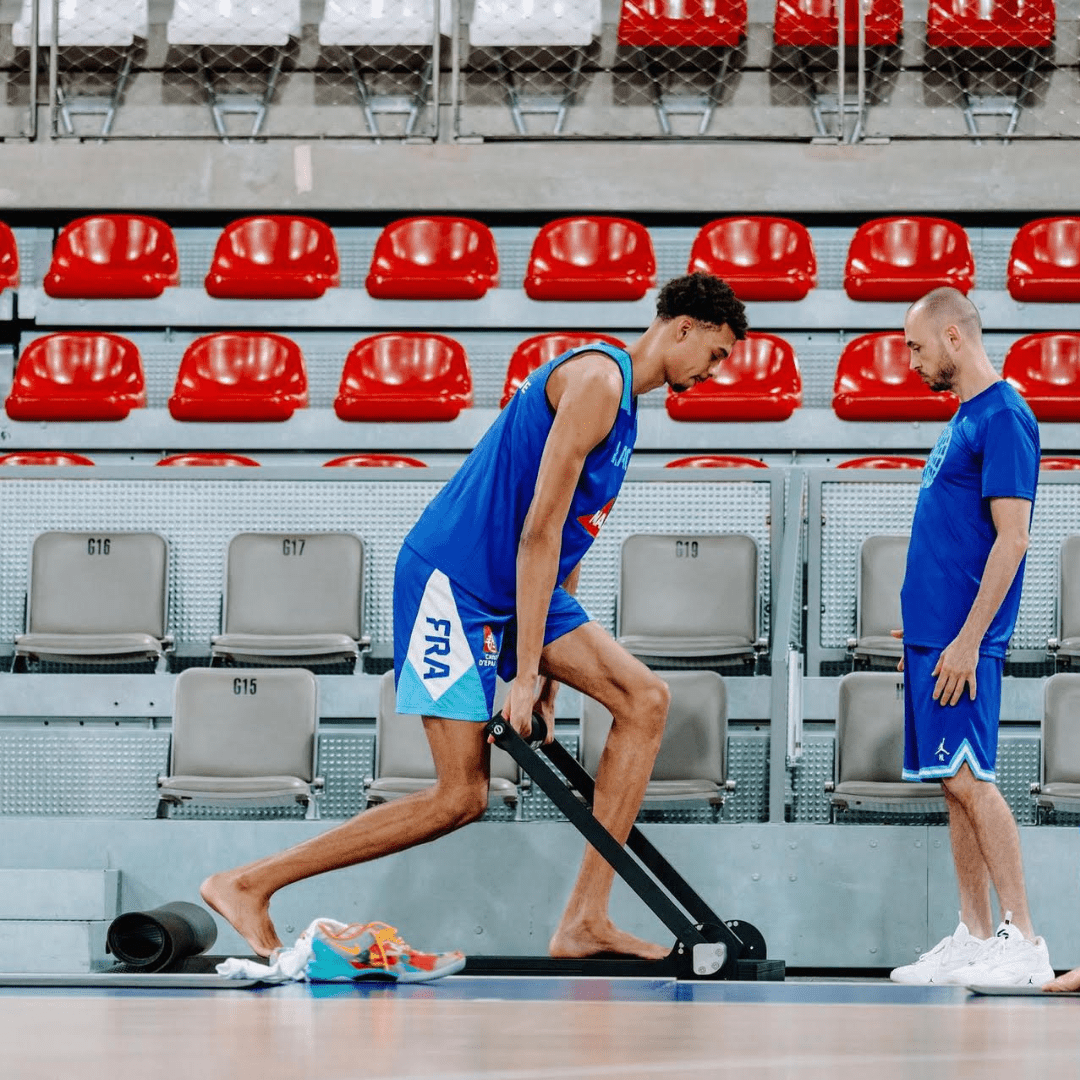
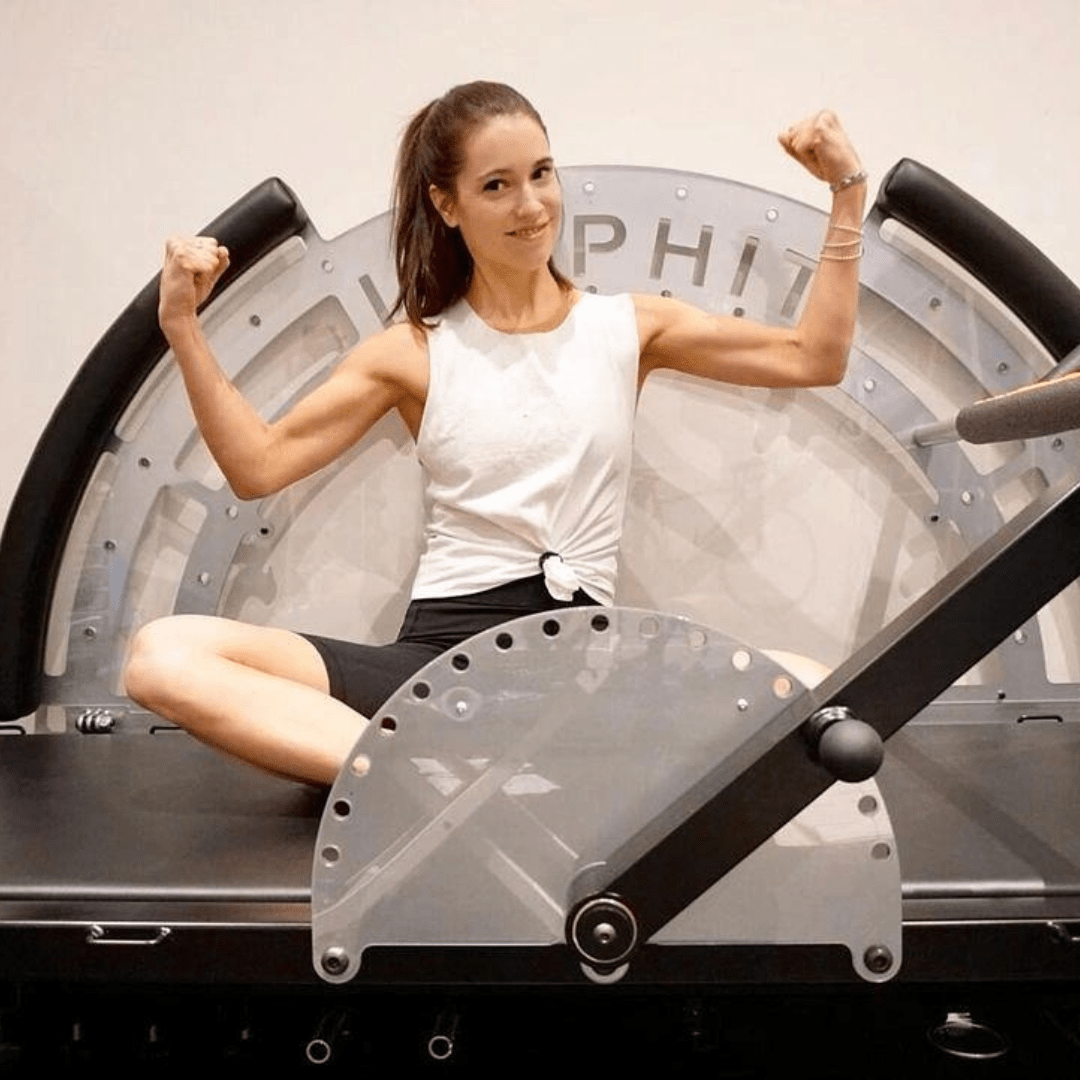
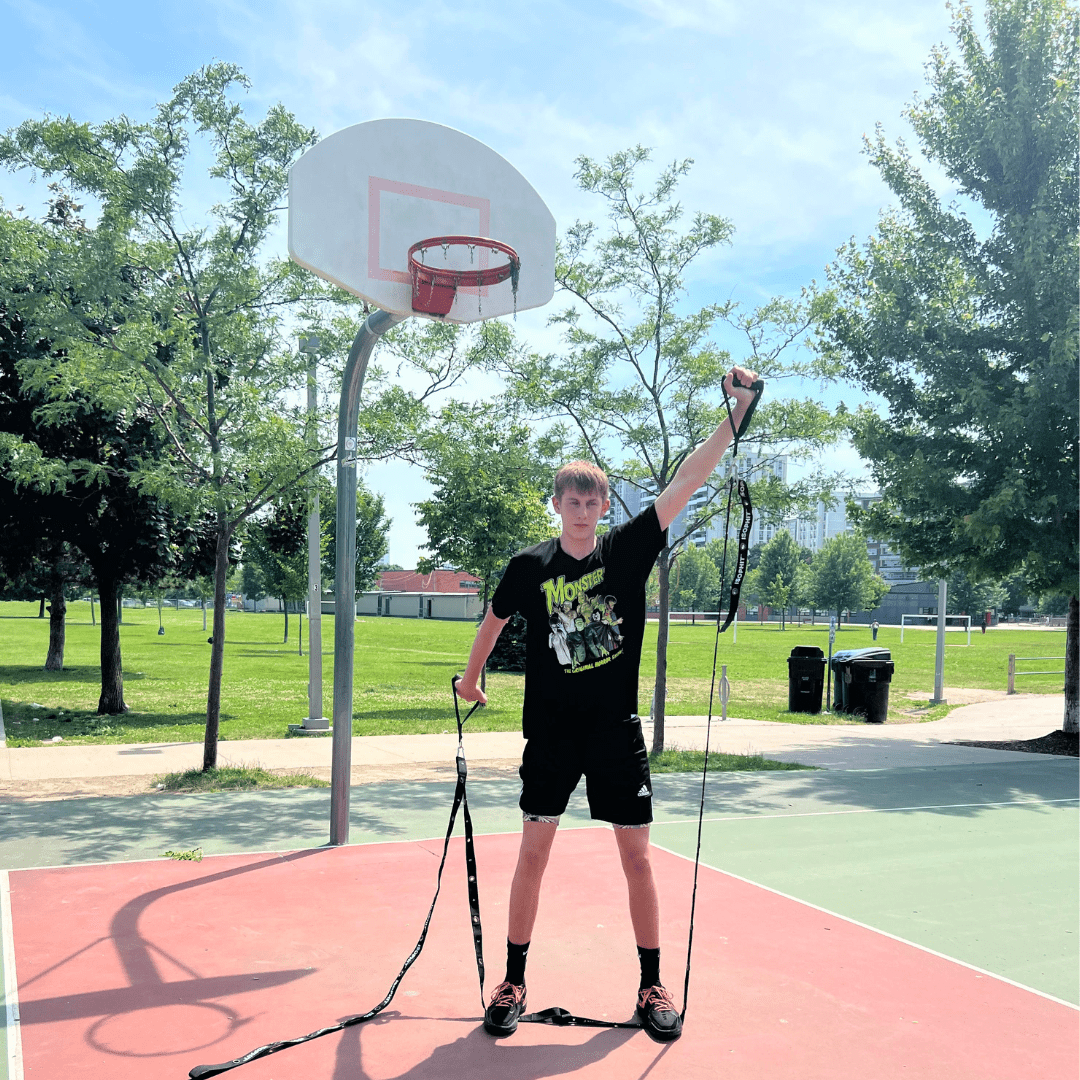
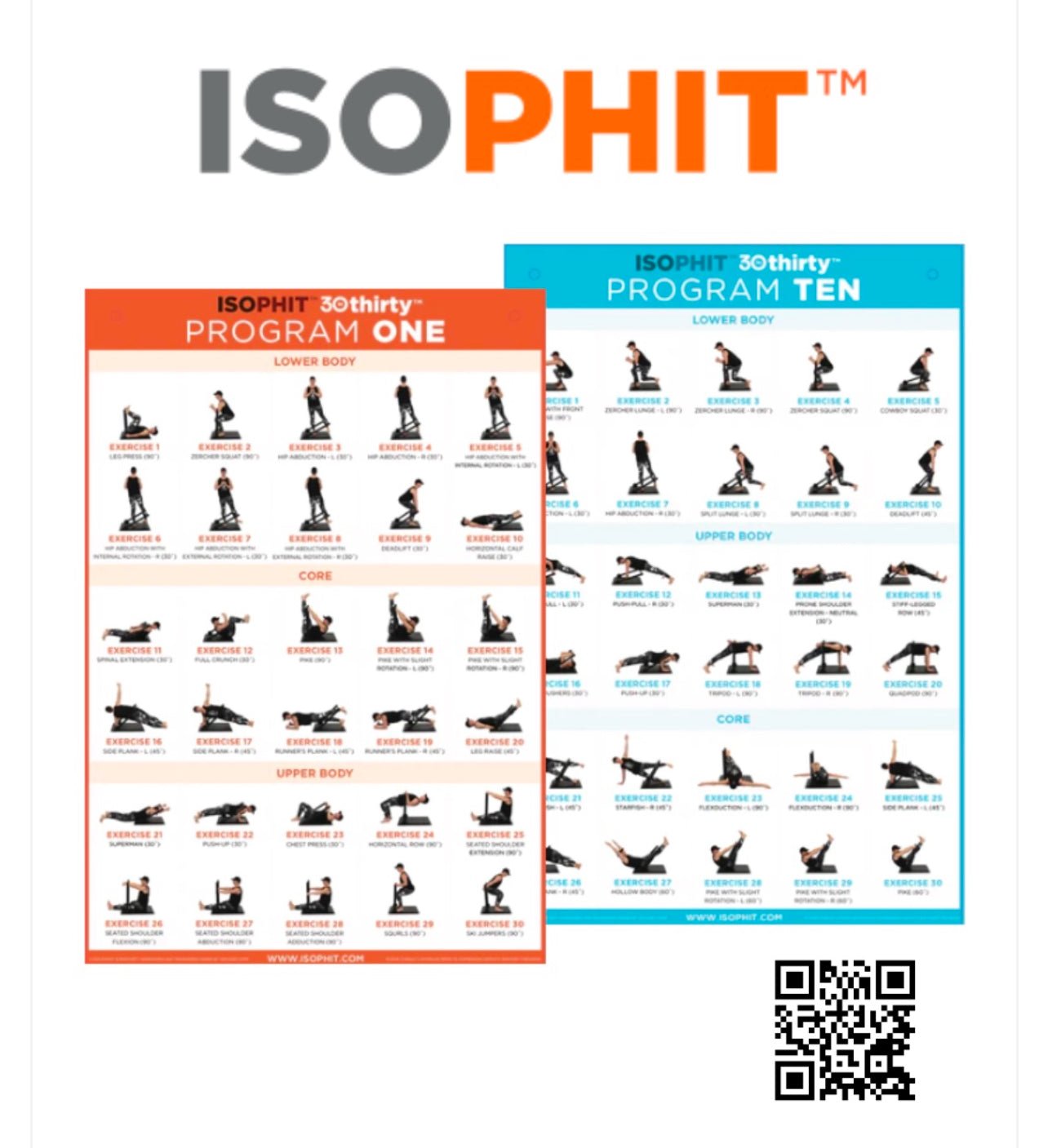
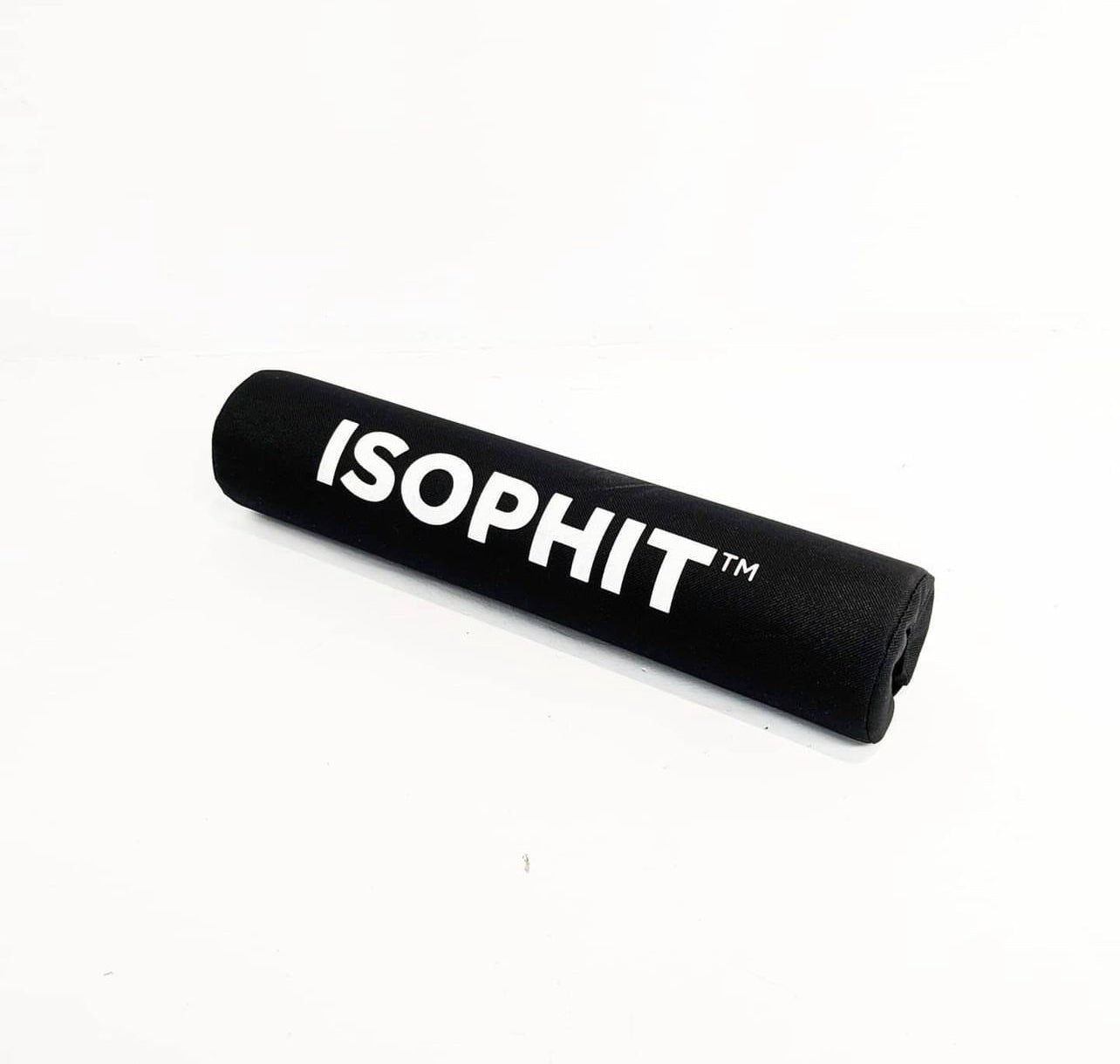
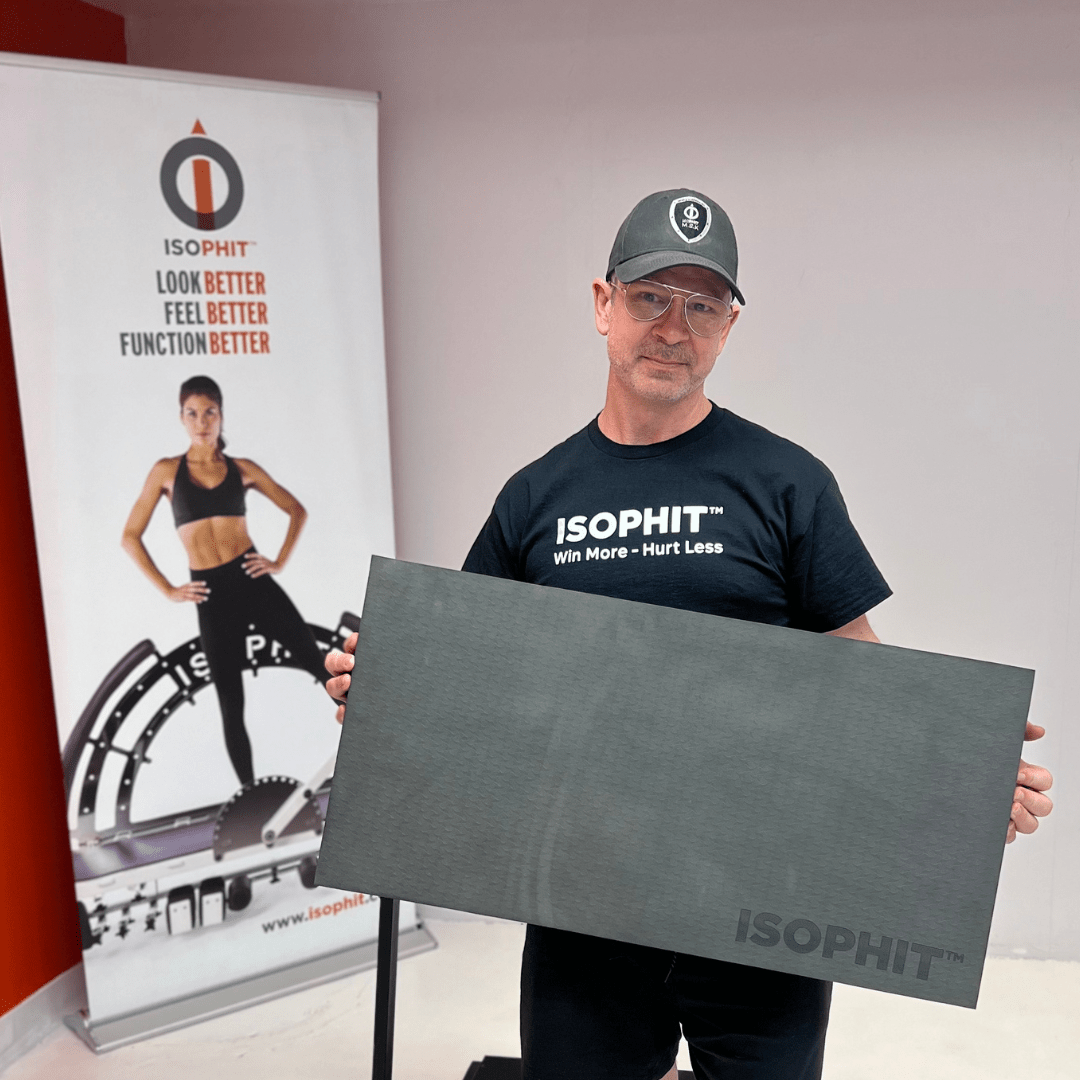
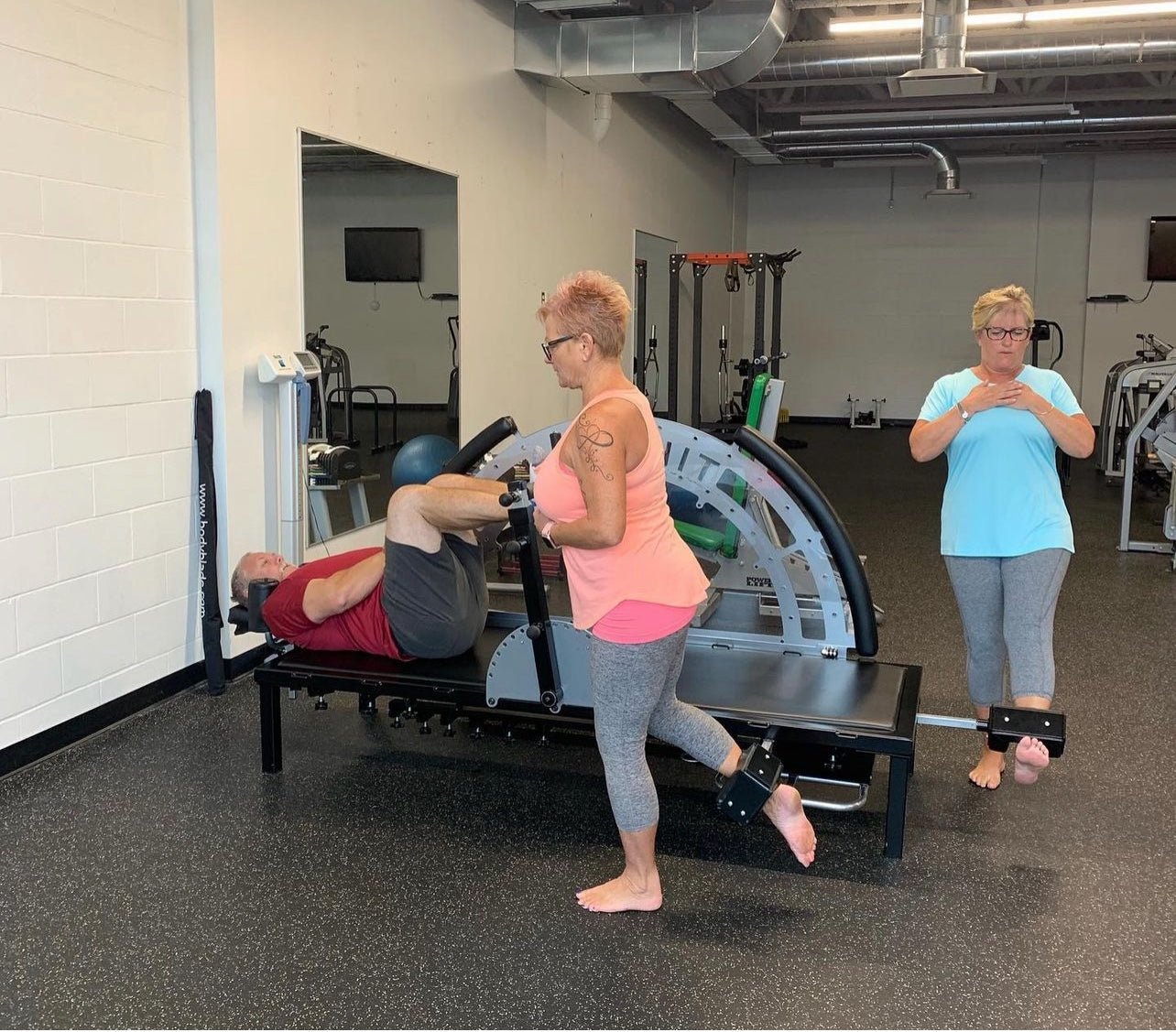
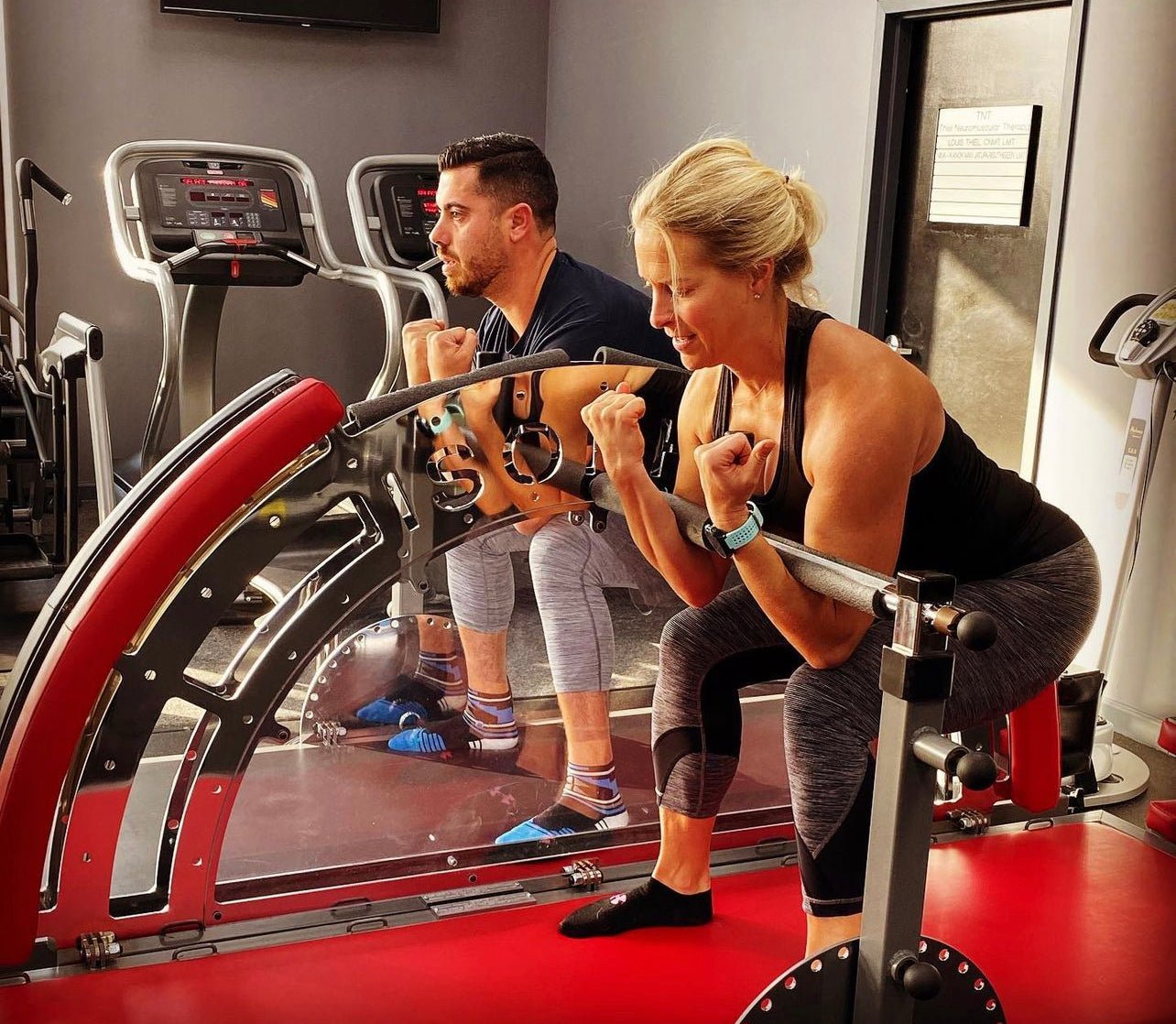
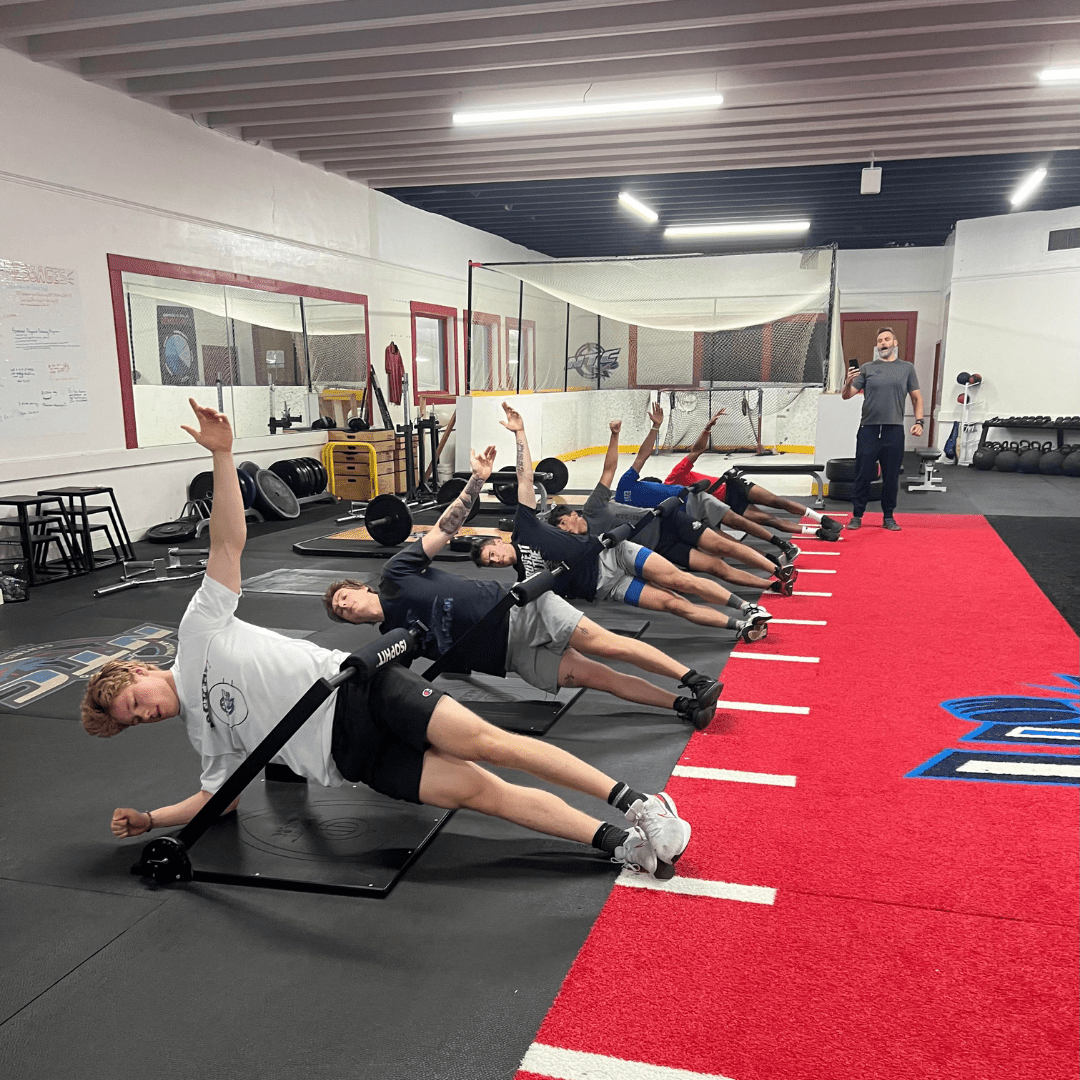
Share:
Isophit: A Potential Solution For Reducing Concussion Risk in Sport.
Isophit: Helping Athletes Overcome The Hidden Risks of Sports Performance.